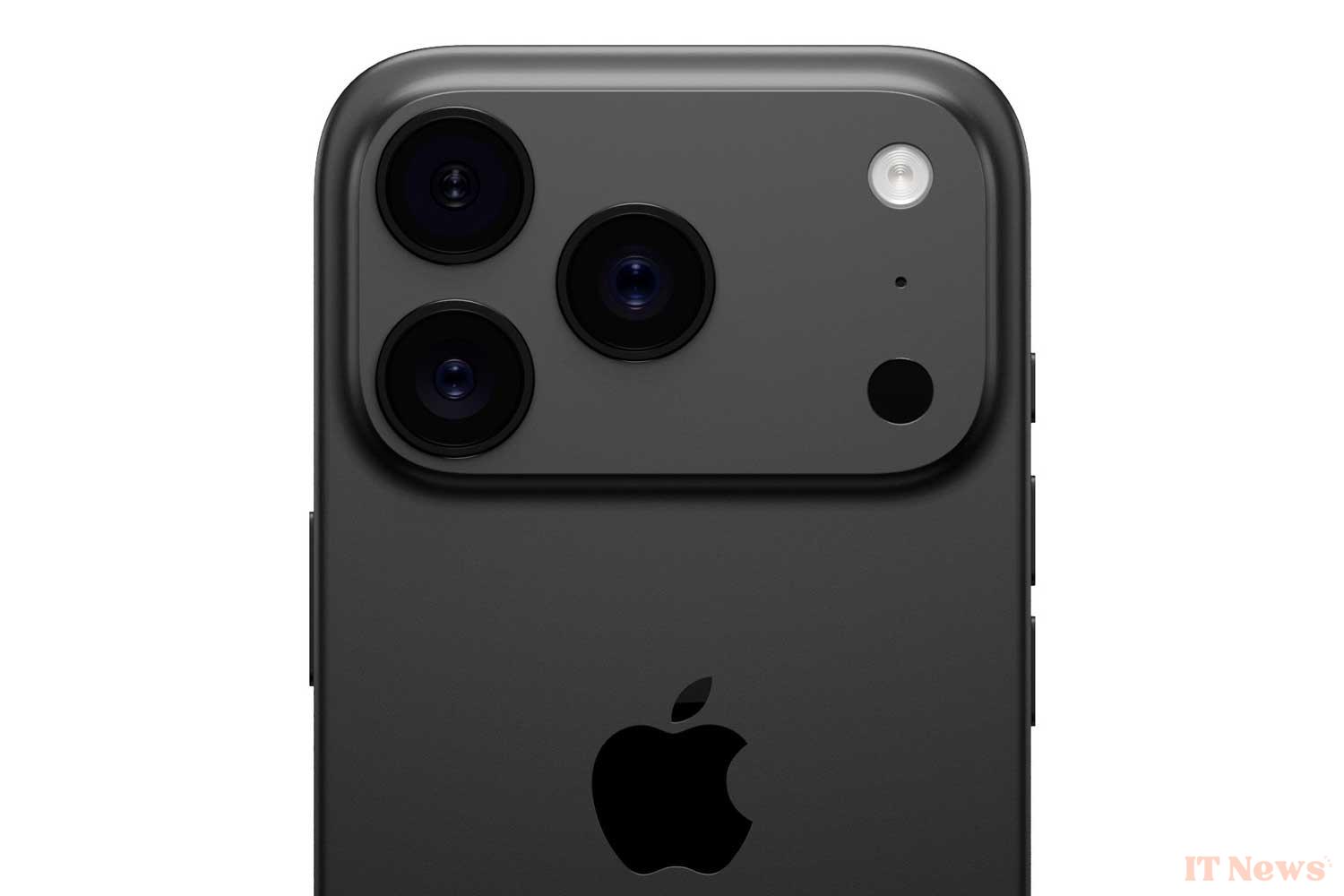Apple is currently going through a period of turbulence, and Tim Cook is in an uncomfortable situation. The Apple brand finds itself, despite itself, at the center of the standoff between China and Donald Trump and is recording a drop in sales in the Chinese market. While working on the launch of the iPhone 17, another serious problem is disrupting the habits of a company used to controlling everything. According to several concordant industry sources, a global shortage of a key component threatens to disrupt the production schedule. This could have consequences for the availability of the brand's future flagship smartphone.
A little-known, but essential, component is at risk of being missing from The call
At the heart of Apple's difficulties is low-CTE fiberglass cloth, a glass fiber with a low coefficient of thermal expansion. This material, essential for the manufacture of printed circuits and the thermal management of electronic components, is crucial for ensuring the stability and longevity of devices, particularly in the face of the rise in processor power and the miniaturization of components.
The shortage of this ultra-fine glass fiber, produced by only two companies in the world, including Grace Fabric Technology, is slowing the ramp-up of production of the iPhone 17. According to sources close to the supply chain, Tim Cook, Apple's CEO, is "extremely anxious" and is calling on his partners daily to try to secure the necessary volumes.
With less than five months to go until the planned launch, the situation remains tense. While Apple generally manages to maintain its schedule – an announcement in early September followed by a mid-September launch – several analysts believe that the shortage could lead to delays or very limited inventories at launch, particularly on certain models or markets.
Competition for this component does not only come from the mobile sector: the explosion in demand for chips dedicated to artificial intelligence (AI), which also use this glass fiber, is increasing the pressure on suppliers. This shortage of components adds to the other challenges facing the Californian firm.
What are the prospects for the launch?
Despite these obstacles, everyone expects Apple to announce its new iPhone in September 2025. The brand could, however, be forced to prioritize certain models or markets, but also to postpone the release date of the iPhone 17. Bad news for the firm, which is already penalized by the absence, or significant delay, of Apple Intelligence on certain models.
2025 must be the year of innovation for the manufacturer, with the adoption of a new design for the iPhone 17 and iPhone 17 Pro. These would be similar to Google's Pixel with a wide strip at the back to accommodate the photo sensors. At the same time, we also expect the presentation of an iPhone 17 Air or Slim with an ultra-thin and elegant design. The various sources agree on a thickness between 5.5 and 6 mm, which would make it the thinnest iPhone ever launched by Apple. The record for a model bearing an apple is currently held by the iPhone 6, with a thickness of 6.9 mm. For comparison, the iPhone 16 and iPhone 16e are 7.8mm thick.



0 Comments